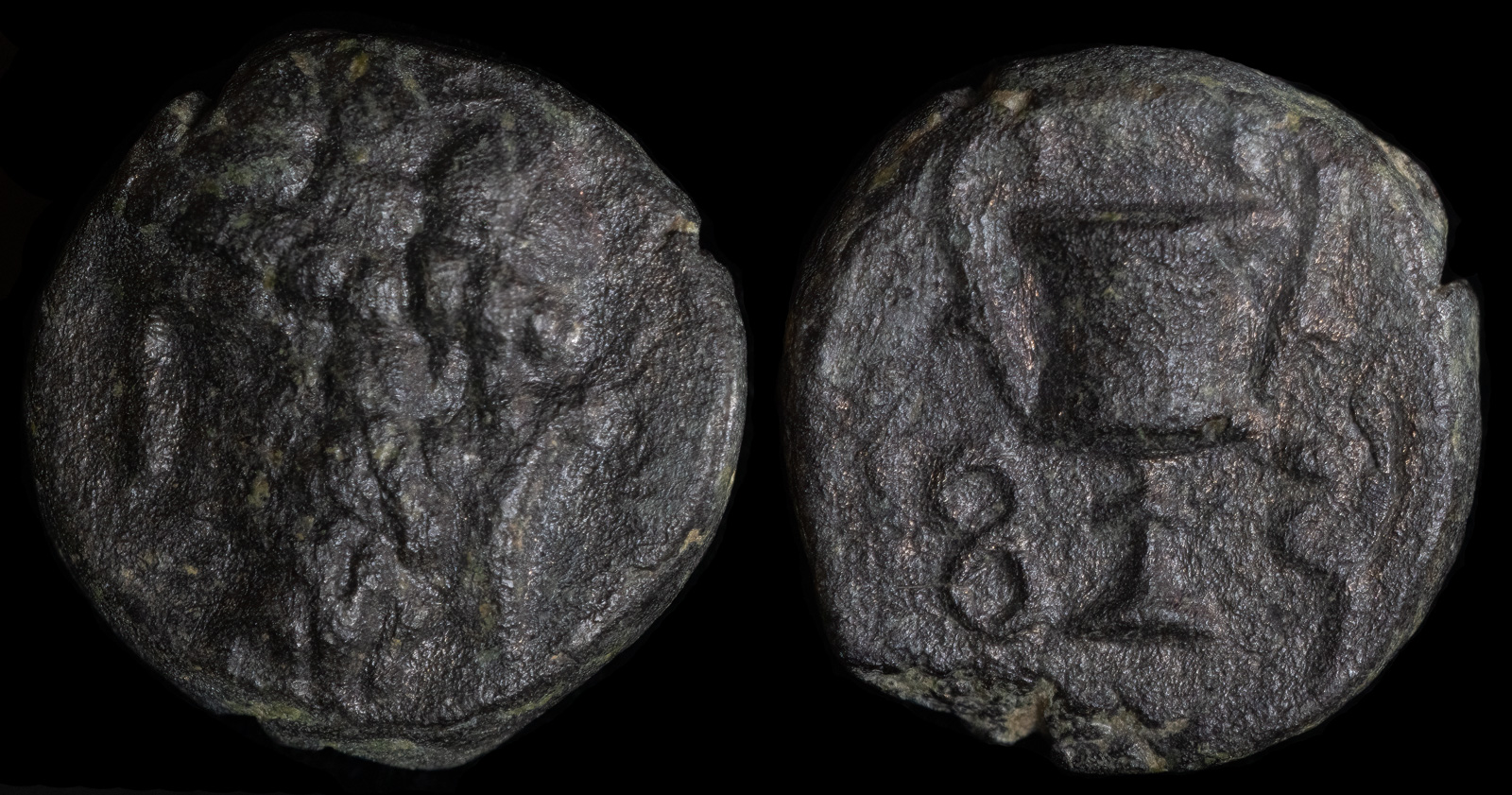Lydian
View All Tags
The Lydian script is considered a descendant of the Phoenician alphabet, adapted to represent the Lydian language, which is an Anatolian language related to other languages in the region, such as Lycian and Carian. The script itself consists of 25 characters, with a mixture of consonants and vowels, similar to the structure of the early Greek and Phoenician alphabets. Lydian was written from right to left, although some later inscriptions were written boustrophedon (alternating direction with each line).
Lydian inscriptions have been found on a variety of mediums, including stone, metal, and pottery, primarily in Lydia and surrounding regions. While the script was initially used for royal decrees and monumental inscriptions, it was also employed for administrative and economic purposes, including records of transactions and names.
The Lydian script was used by Lydian rulers and elites, but its use gradually diminished after the Persian conquest of Lydia in 546 BCE. The Lydian language and script were increasingly supplanted by Aramaic, which was the lingua franca of the Persian Empire. The last known inscriptions in Lydian date to the 3rd century BCE, after which the script fell into disuse.

Lydia. Sardis(?)
circa 350-300 BCE
Æ 11 mm, 1,90 g
Head of Dionysios left, wearing ivy wreath
Kantharos; F (in Lydian) and S (in Lydian) flanking
Vögtli, Pergamon 524
Ex Savoca